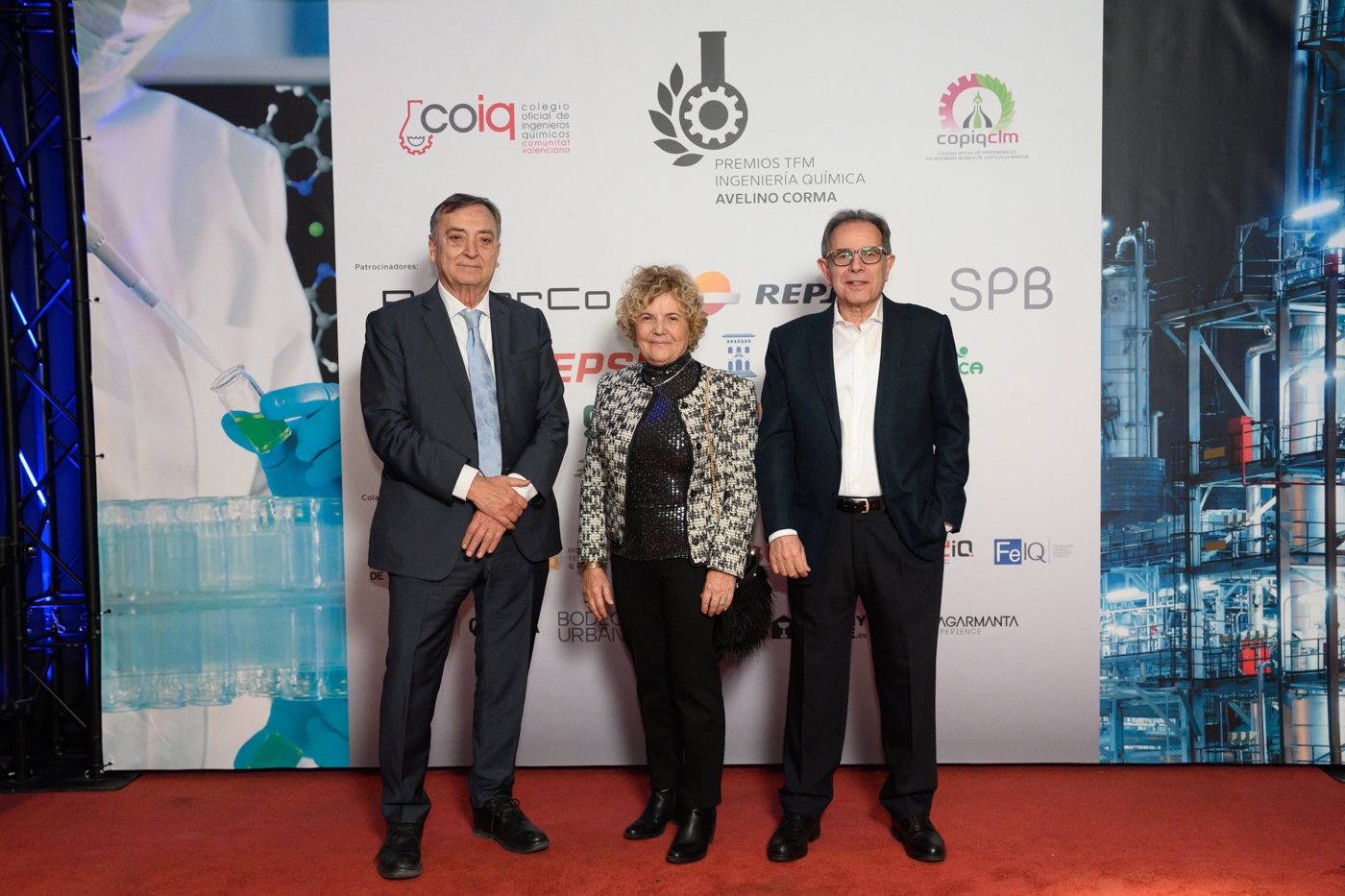Innovation always rises from the need to solve a problem. As stated in the Frascati Manual, the term innovation comes from the word in Latin “Innovare” which means “renew” either a product, an industrial process or service performed by a company.
In an increasingly globalized and competitive market where supply exceeds consumer demands, innovation is no longer an option but a necessity to continue competing in the market and not be left behind. Companies must constantly evolve to meet competitive advantages that allow competitive differentiation. Therefore, Innovation is the best strategy to ensure that companies endure over time.
In addition, consumers are getting more and more sophisticated with what they demand. They have so much information about products and companies at their disposal that they know exactly what to buy, and if the product doesn’t meet their expectation they do not hesitate when posting it on social media networks and forums where information reaches many other consumers or potential consumers of the product. Therefore, our environment has become overly demanding and companies must be able to adapt to these changes.
In many cases innovation is considered mainly part of the R&D department in the company, or as a process that cannot be systematized, but this isn’t the case. Innovation must be a process within the company; procedures must be available in the innovation system, indicators and objectives must be defined and followed accordingly to detect possible deviations and correct them, evaluate the results, etc. Innovation must be transversal within the company to ensure that it’s successful. Managers must promote it and, of course, it must be aligned with the company's strategy.
It’s important to focus on innovation and use creative tools to generate new ideas and concepts that will become new products, services or processes that the company can market.
One of the most recent innovation models is the Triple Helix Model besought by Etzkowitz Y Leydesdorff. In this model there are three main components that maintain dynamic interactions between them to maintain the system stability. These three components are: universities and research centres where the majority of R&D is done, the companies and industries that with this R&D knowledge apply innovation to new products and services for the market, and the public administrations that encourage knowledge development.
To make this innovation model work there must be a space to coordinate universities and companies, align their objectives by having facilitators to the transfer knowledge and guide research according to society's demands and encourage new university business start-ups and funding to develop joint projects between universities and businesses.
Therefore, we can conclude that in the current market innovation is no longer a choice, it’s a necessary tool to ensure competitiveness and company growth. So, if innovation is merely strategic, generating change by involving people, putting effort into this change and coming up with new ideas is what’s important.



